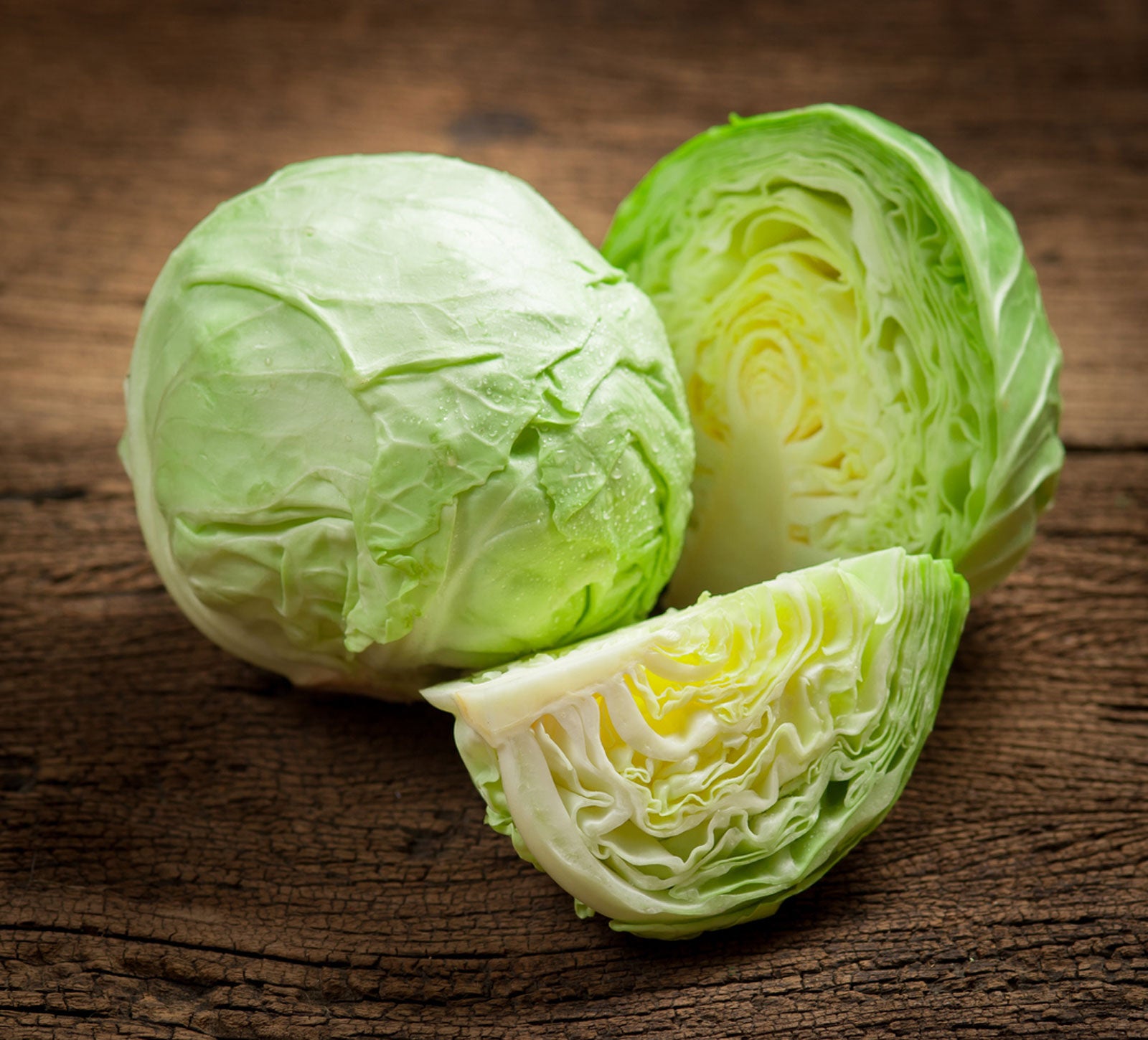Capture F1 Cabbage – How To Grow A Capture Cabbage Plant


Capture cabbage plant is a hardy, vigorous grower highly valued for its resistance to many pests and diseases that thrive in warm, humid climates. The solid, dense heads usually weigh 3 to 5 pounds (1-2 kg.), and sometimes even more. The plant is also known as Capture F1 cabbage, which in simple terms means it is the first generation of two cross-pollinated plants.
Read on to learn about growing Capture cabbages, with helpful tips on Capture cabbage care.
Growing Capture Cabbages
At 87 days from the date of transplanting into the garden, Capture F1 cabbage is relatively slow to develop. Plant as early as possible, especially if you live in an area with short growing seasons. Plant these cabbage seeds directly in the garden about three weeks before the last expected hard frost in your area. Be sure the spot gets at least six hours of sunlight per day.
Alternatively, plant seeds indoors four to six weeks before the last expected frost, then transplant the seedlings outdoors when the plants have three or four adult leaves. Work the soil well and dig a low nitrogen fertilizer into the soil a couple of weeks before planting Capture cabbage seeds or transplants. Use a product with an N-P-K ratio of 8-16-16. Refer to the package for specifics.
This is also a good time to dig in 2 to 3 inches (5-8 cm.) of compost or well-rotted manure, especially if your soil is poor or doesn’t drain well.
Capture Cabbage Care
Water Capture cabbage plants as needed to keep the soil evenly moist. Don’t allow the soil to remain soggy or become completely dry, as extreme fluctuations can cause the heads to split.
Water at ground level using a drip irrigation system or soaker hose and avoid overhead watering. Too much moisture on Capture cabbage plants may result in various fungal diseases. Water early in the day so the plants have time to dry before the air is cool in the evening.
Sign up for the Gardening Know How newsletter today and receive a free copy of our e-book "How to Grow Delicious Tomatoes".
Feed cabbage plants lightly, about a month after the plants are thinned or transplanted using the same fertilizer you applied at planting time or an all-purpose fertilizer. Sprinkle the fertilizer in bands along the rows then water well.
Spread 3 to 4 inches (8-10 cm.) of clean straw, chopped leaves, or dry grass clippings around the plants to conserve moisture, moderate soil temperature, and slow growth of weeds. Pull or hoe weeds when they’re small. Be careful not to damage the tender cabbage plant roots.

A Credentialed Garden Writer, Mary H. Dyer was with Gardening Know How in the very beginning, publishing articles as early as 2007.